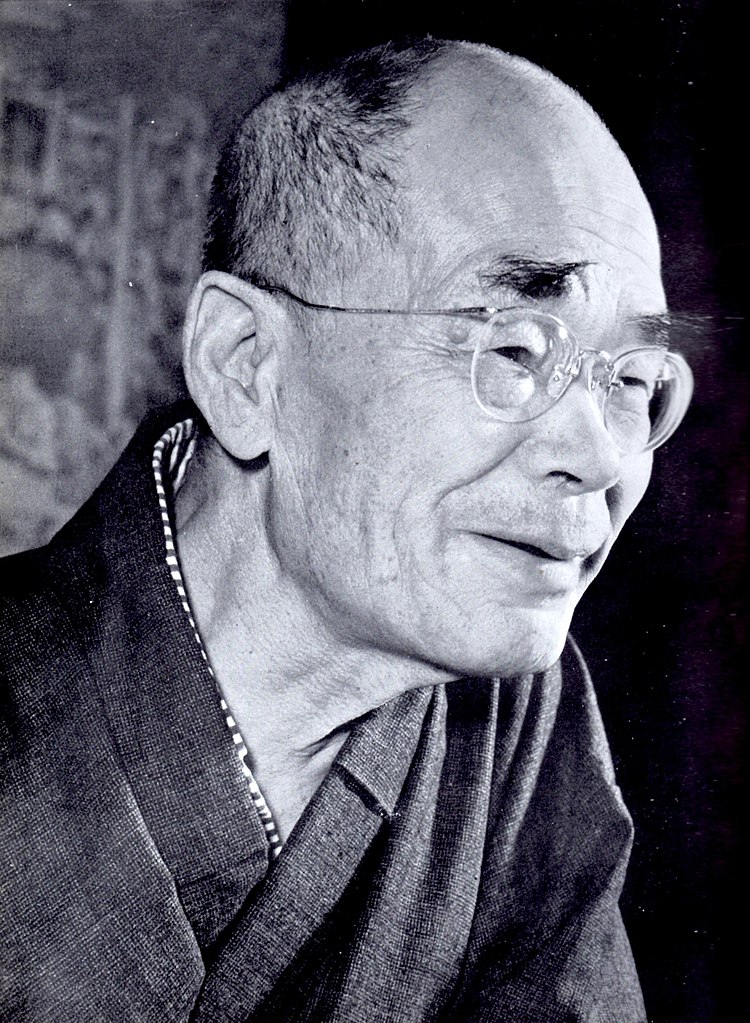
Martin Goodson
Studies in the Lankavatara Sutra by D.T. Suzuki
Book Extracts
D.T Suzuki on the history and development of Mahayana Buddhism in China.
 ©
©
The Breadth of Mahayana Buddhism
Buddhism, especially Mahayana Buddhism so called, is like a vast ocean where all kinds of living beings are allowed to thrive in a most generous manner, almost verging on a chaos. Students who lightly step into it generally find it too complicated and overwhelming of their logical comprehension. But the fact is that Mahayana Buddhism is the outcome of long years of development of a religious system among a people furnished with a most fertile imagination. The student has to be patient. The best method of study may probably be found by taking up one principal Mahayana sutra at a time, and examining its contents historically, philosophically, and psychologically. The Chinese scholars encountered the same difficulties centuries ago, and as in those days there was no lower or higher criticism of the sacred texts, every tradition was respected on its face value. The scholars exhausted their ingenuity to make a logical humanly plausible arrangement among the vast treasure of literature brought over from India and all claiming to have been delivered by the Buddha himself. This untenable position is now abandoned, and each sutra has come to be studied historically, critically, and analytically. Each principal sutra may now be regarded as marking a certain stage or phase of development in the history of Mahayana Buddhism, which is indeed too huge and unwieldy to be handled as one solid piece of work completed within a few decades.
What, then does the Lankavatara signify in the composite system of Mahayana Buddhism? What phase does it represent in the long history of Buddhism/ What in short is the message of the Lankavatara as we have it now.? What function does it or did it perform in the conservation of Buddhist thought and experience?
Each principal sutra has had its special work to accomplish in the unfoldment of the religious consciousness of the Buddhists. For instance, the Saddharmapundarika marks the epoch in the history of Buddhism where Sakyamuni ceased to be conceived of as a historical personage subject to the fate of all transient beings; for he is no more a human Buddha but one who lives through eternity for the benefit of all creatures. All that he is recorded to have done in history is no more than one of his “skilful means” to save mankind…
Where does the Lankavatara stand then? It may be classed in a way with the Avatamsaka inasmuch as it teaches the absolute idealism of the latter and is the disclosure of the inner mind of the Buddha, but it has a special message to give to the Buddhist world in a manner characteristic of the sutra. It is devoid of all symbolism, quite different in this respect from Avatamsaka. It is, instead, straightforward in expression and notes down in a somewhat sketchy style almost all the ideas belonging to the different schools of Mahayana Buddhism. It is partly for this reason that the sutra requires a great deal of learning as well as an insight to understand all the details throughly.
(Studies in the Lankavatara Sutra by D.T. Suzuki, pub. Motilal Banasiddass Publishers, 1999 ed,)




